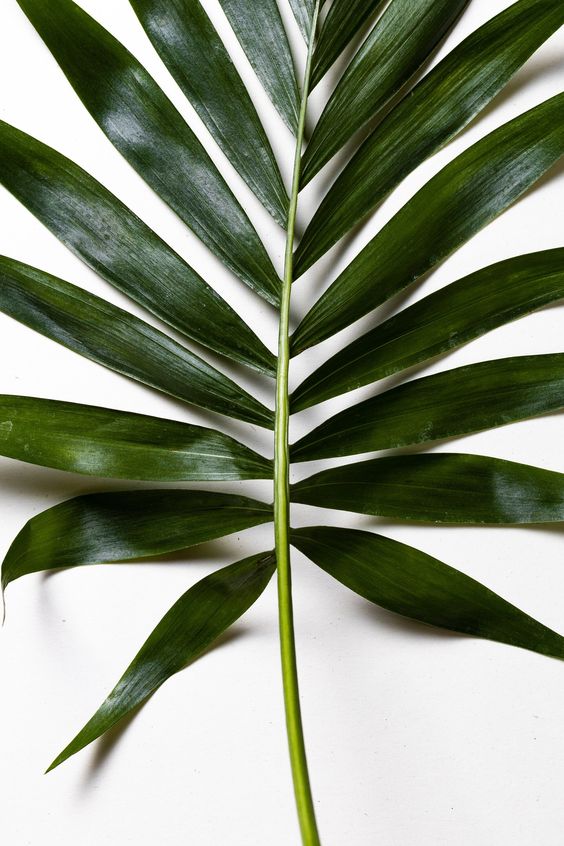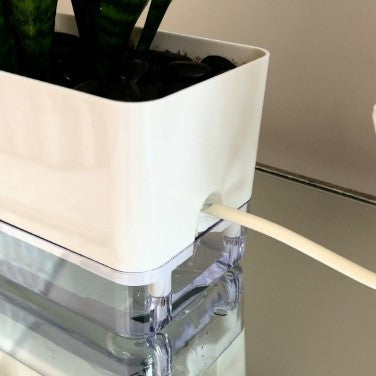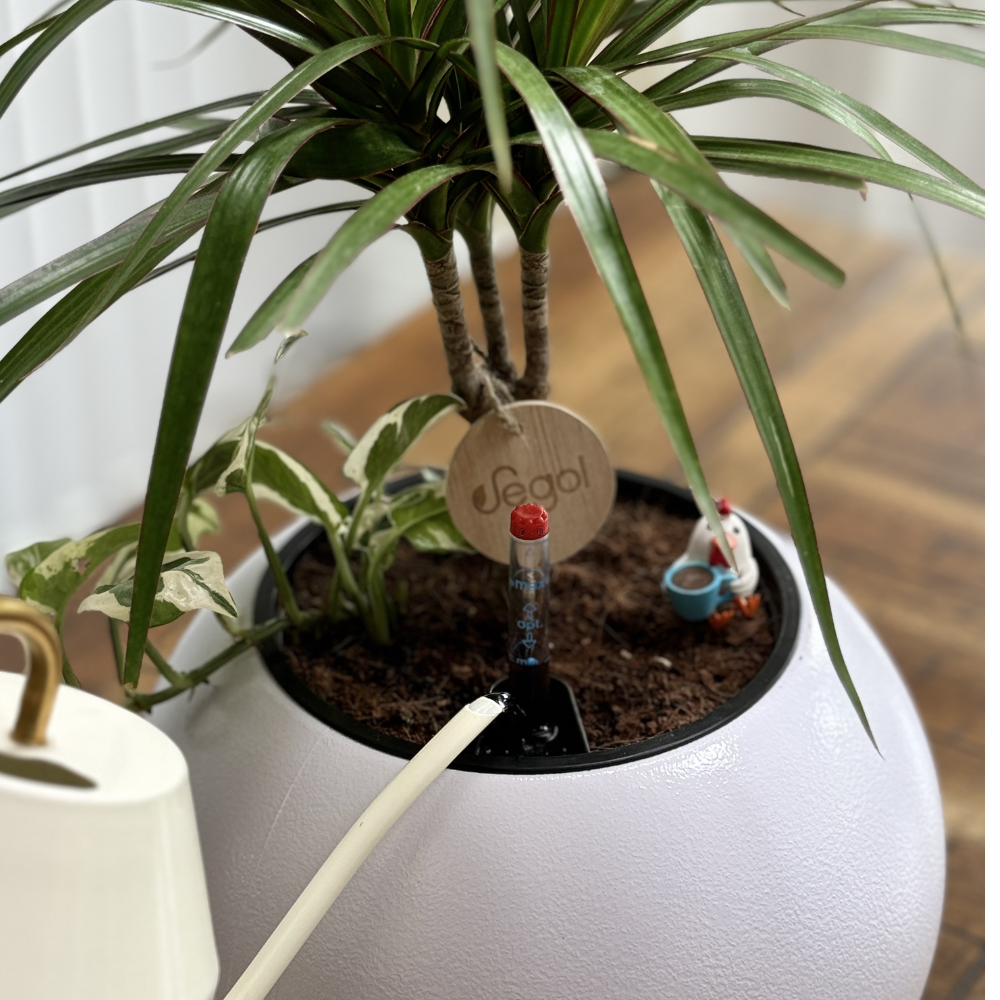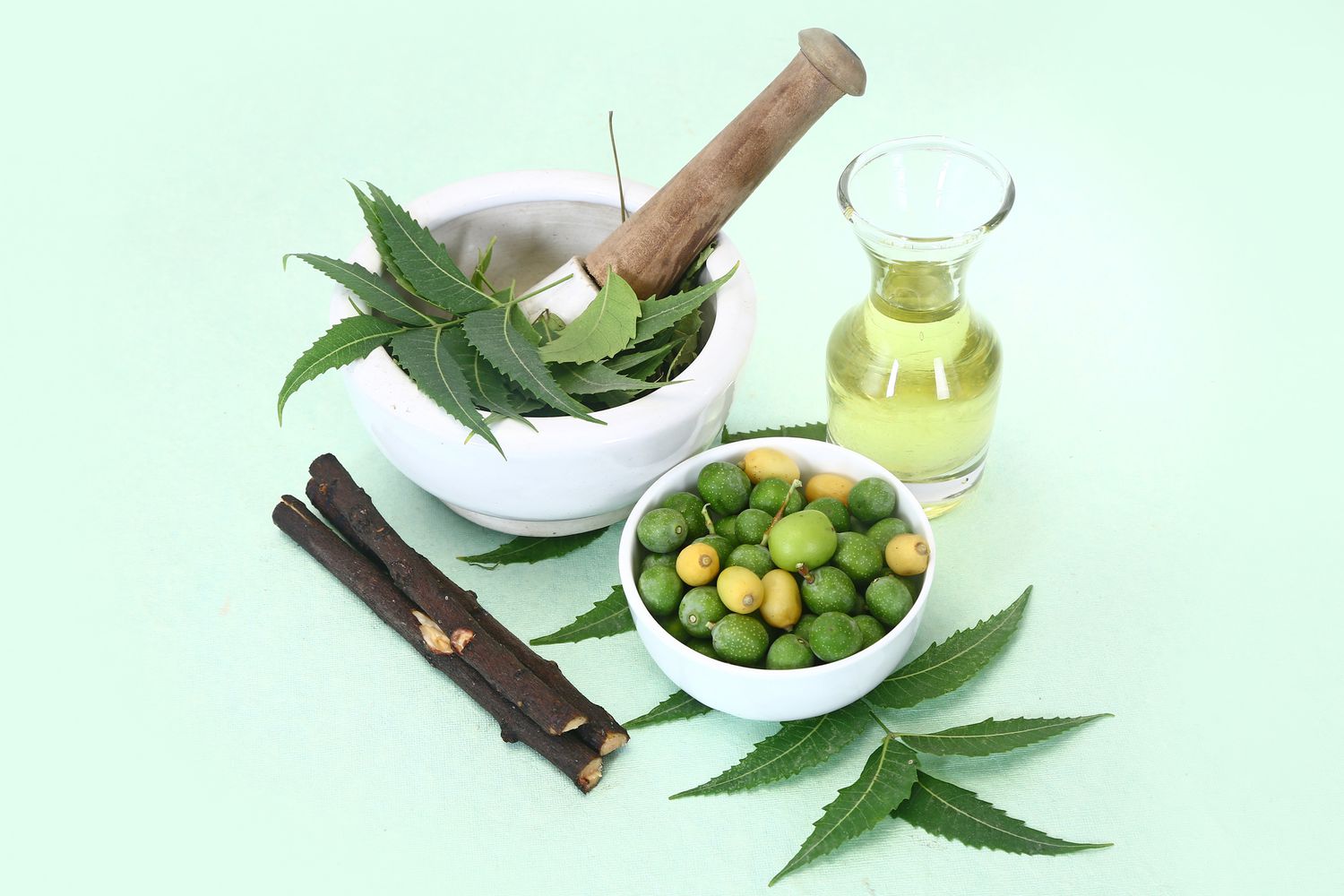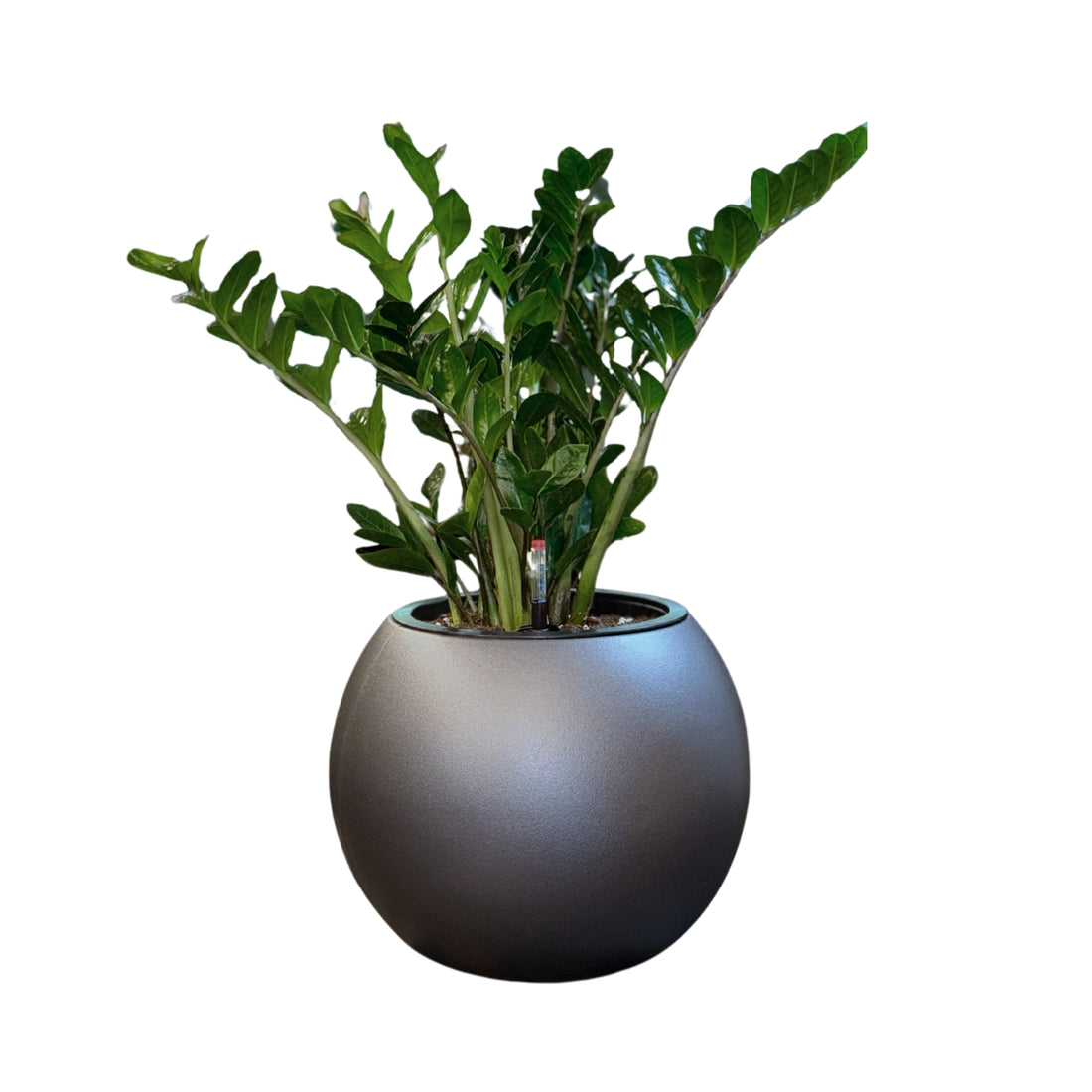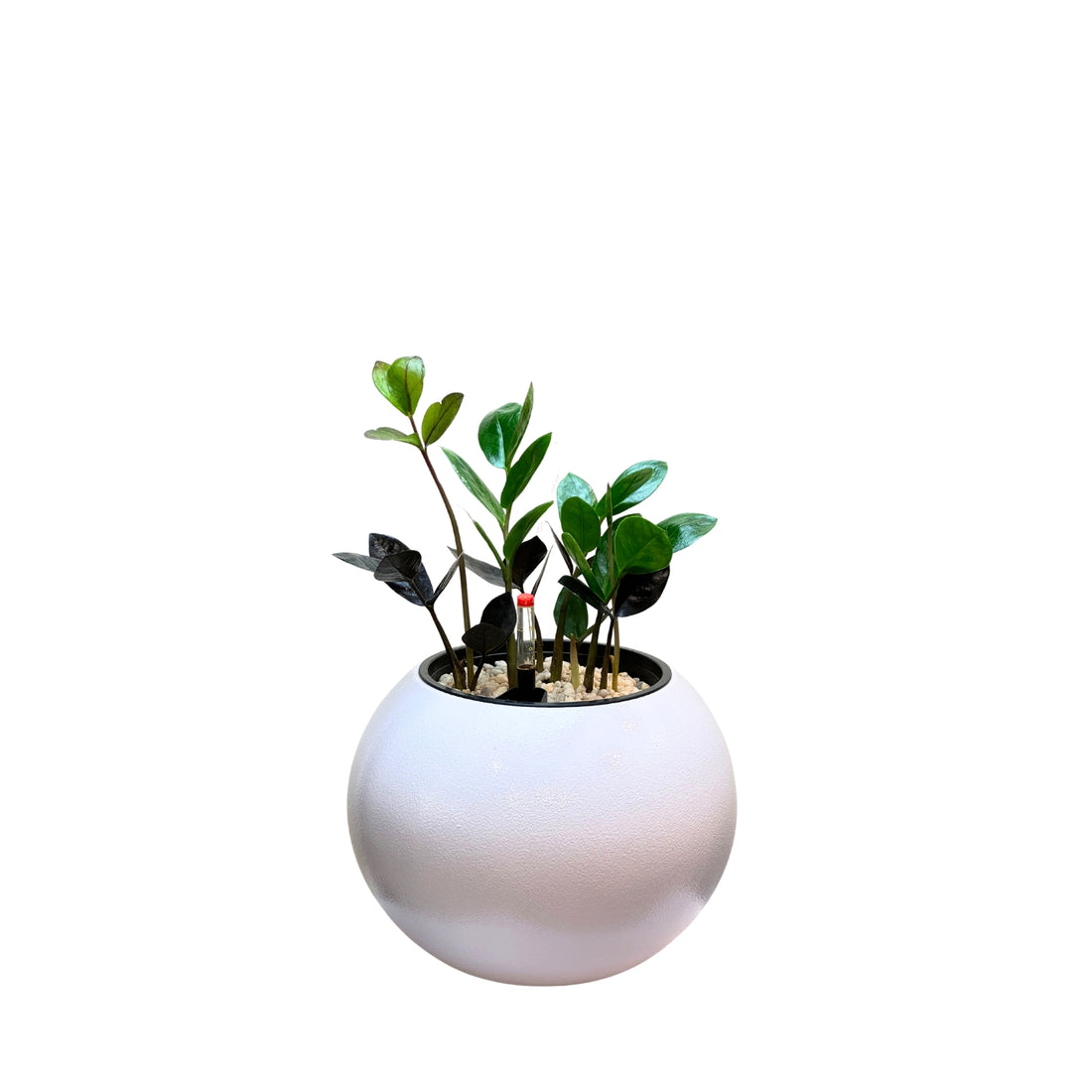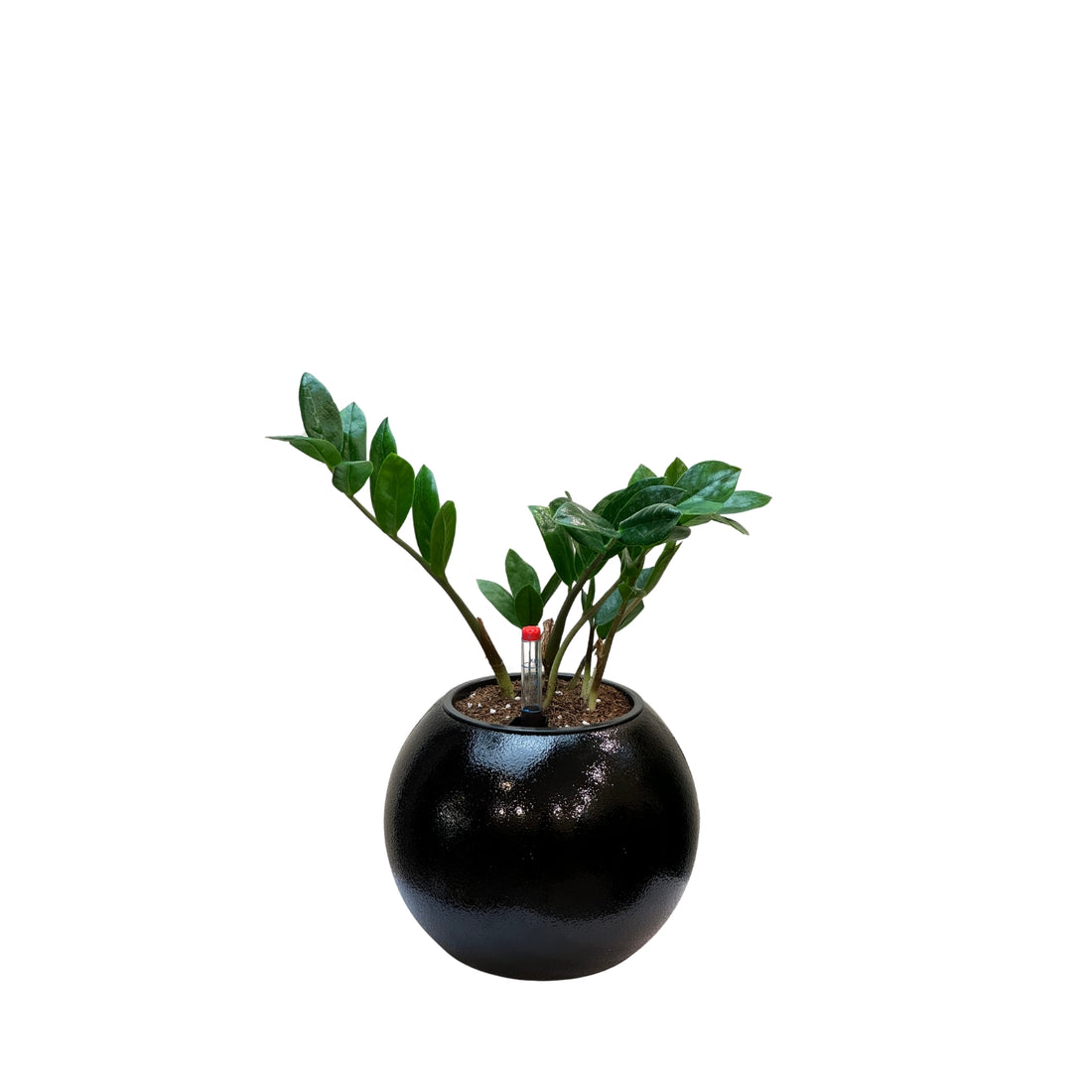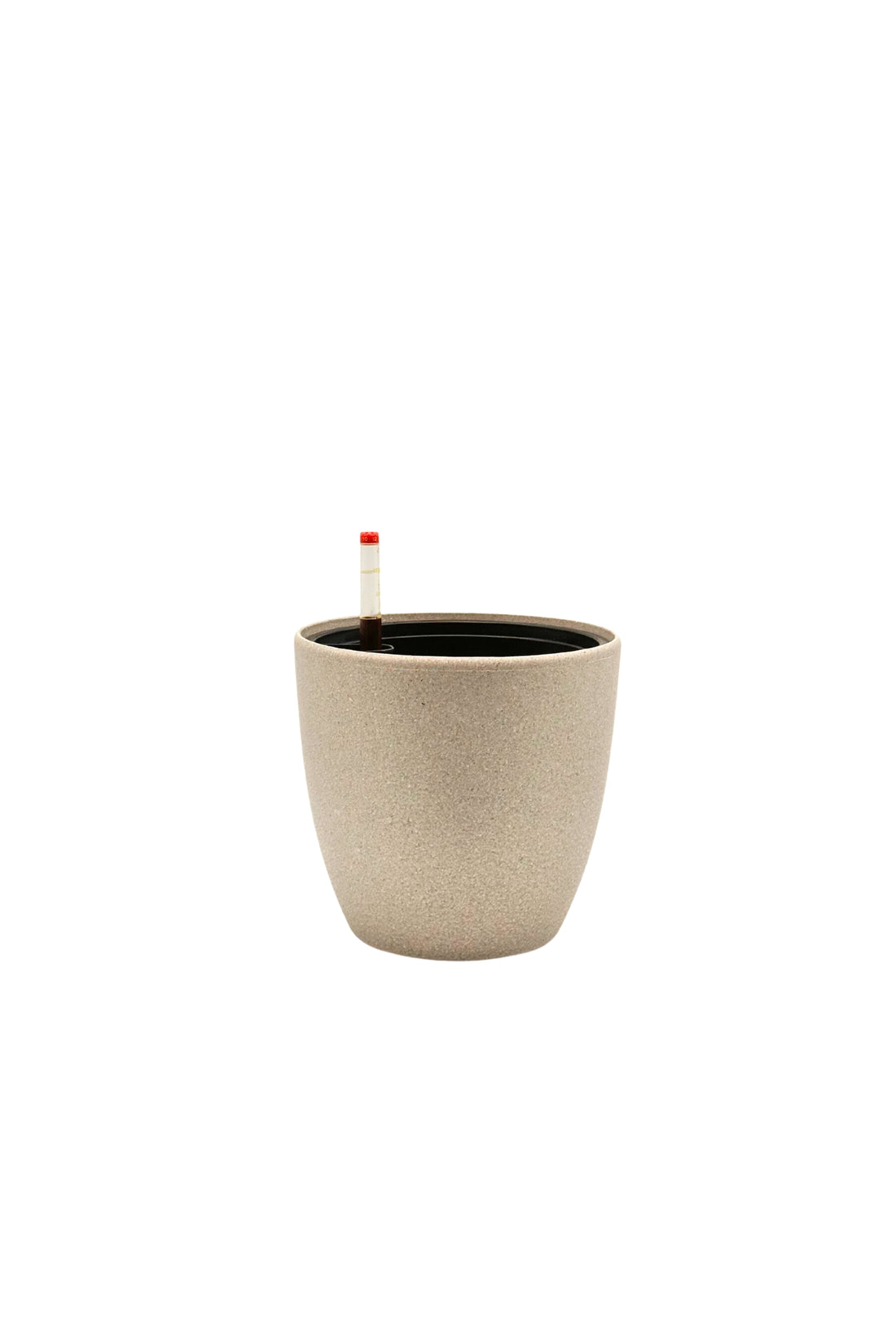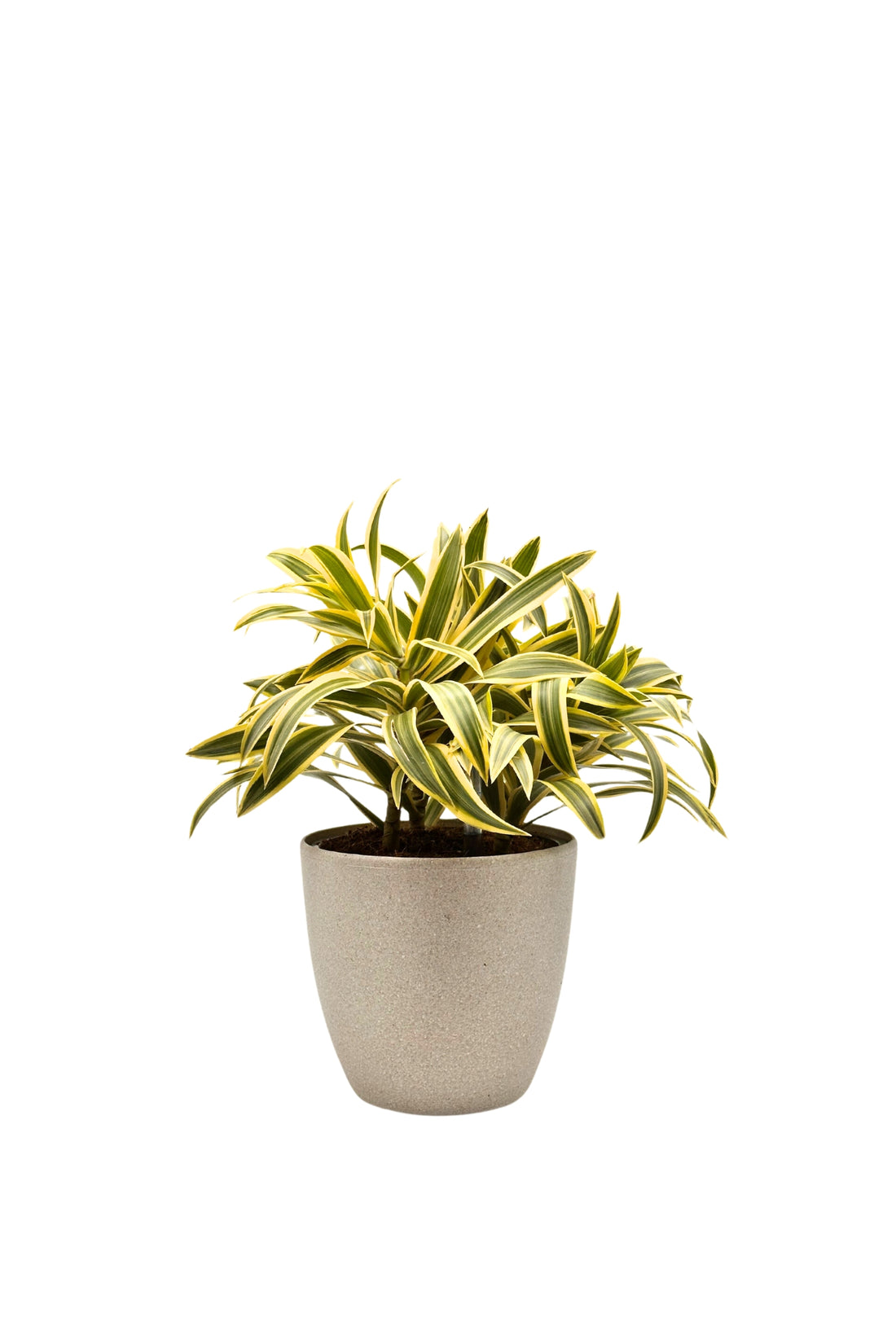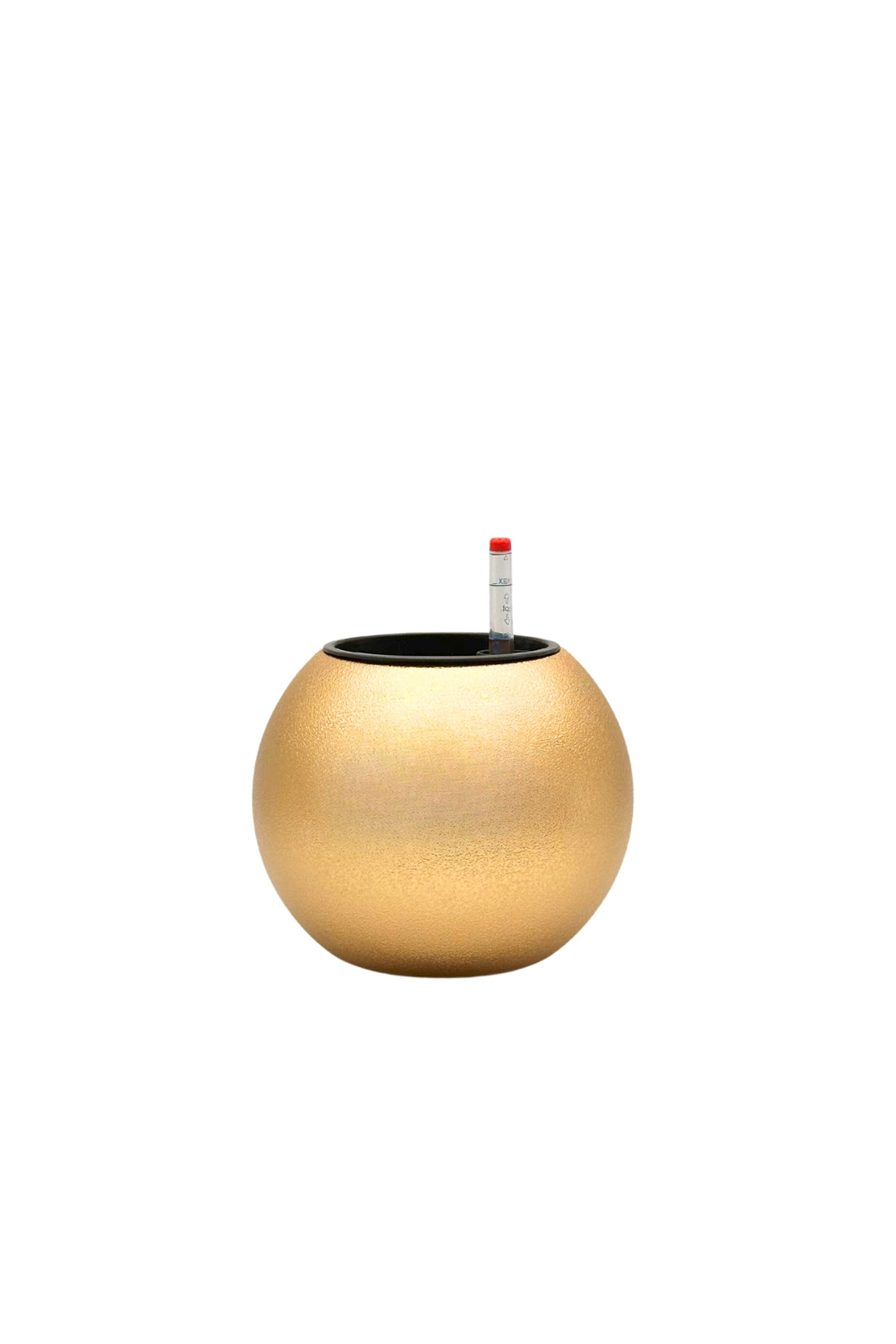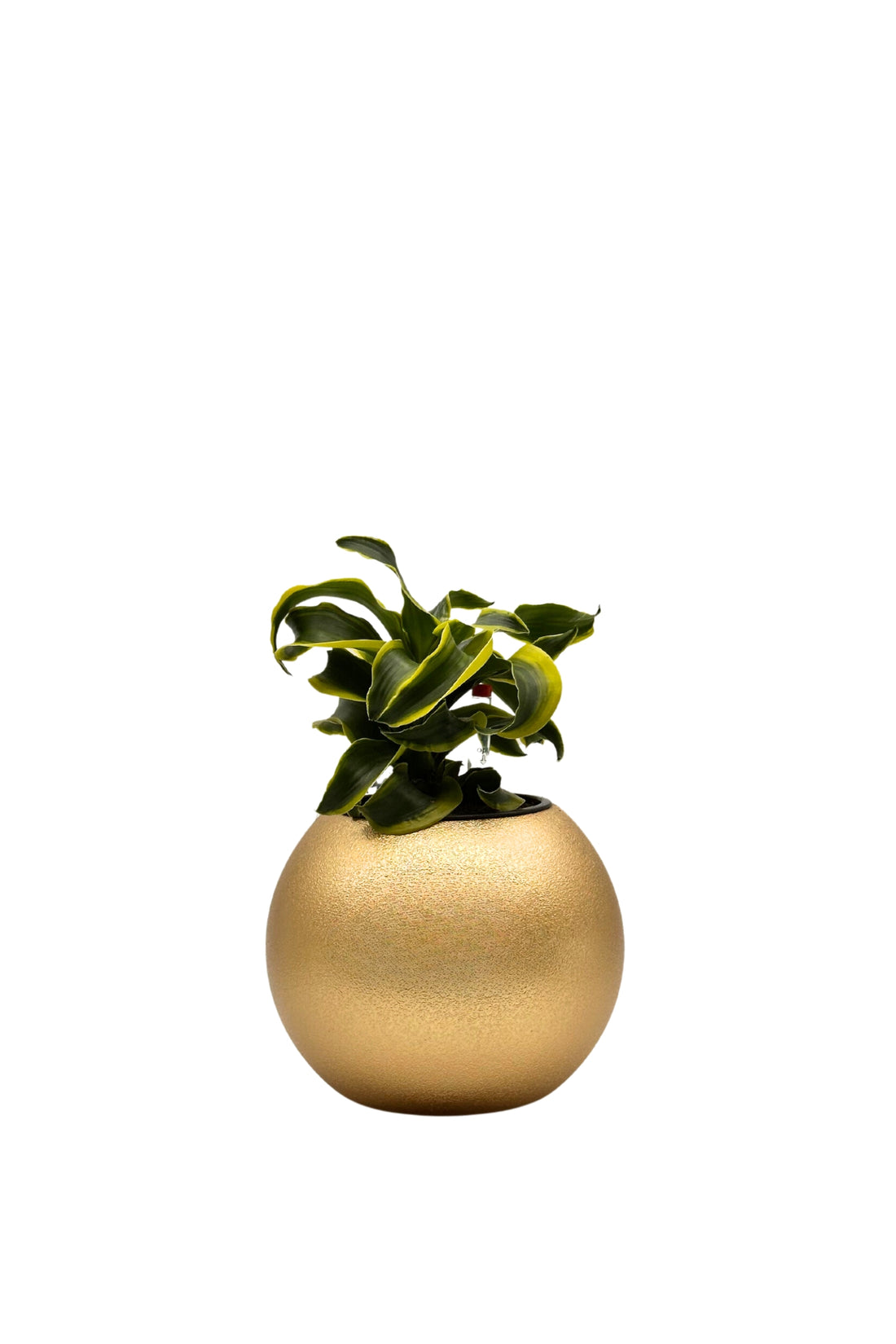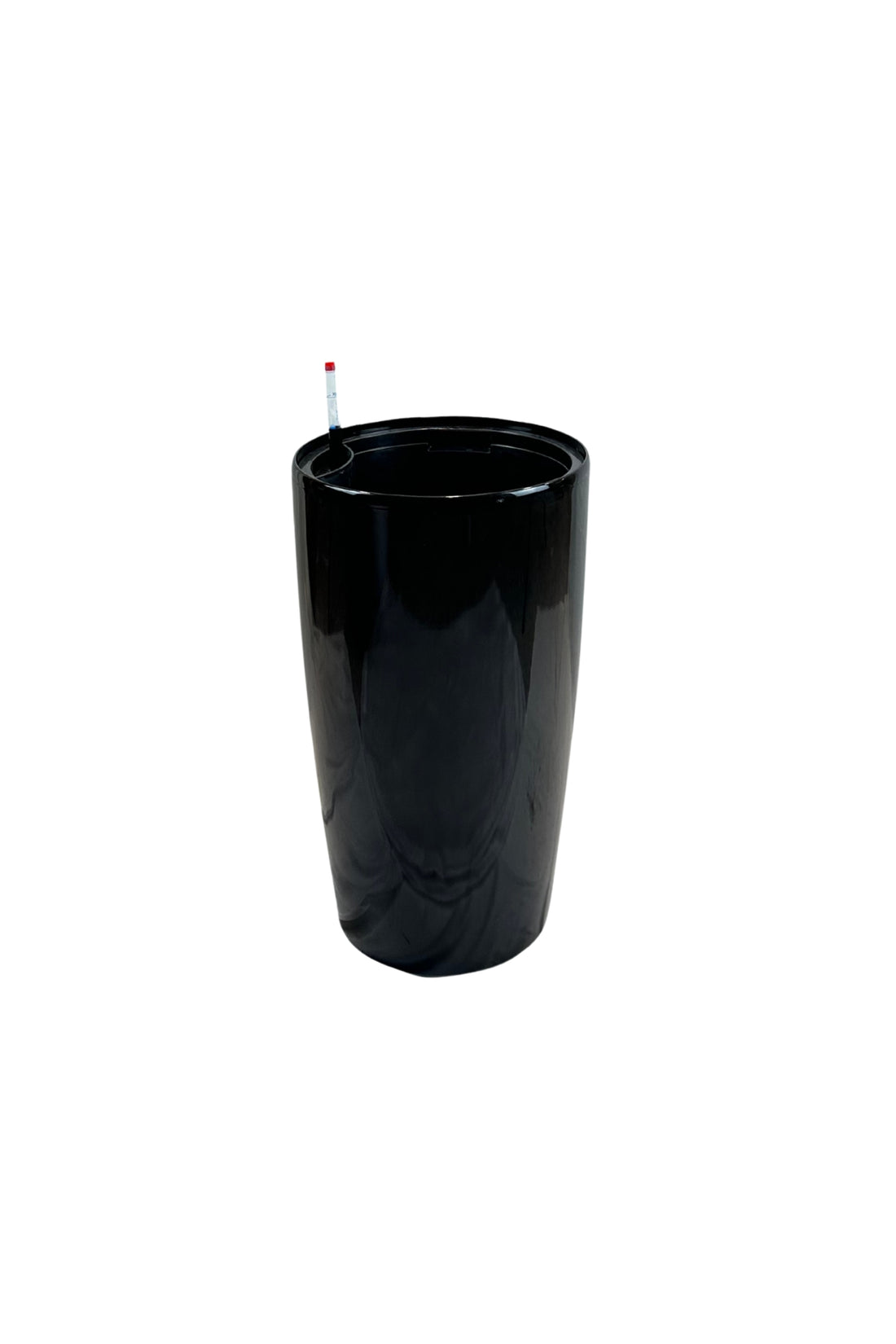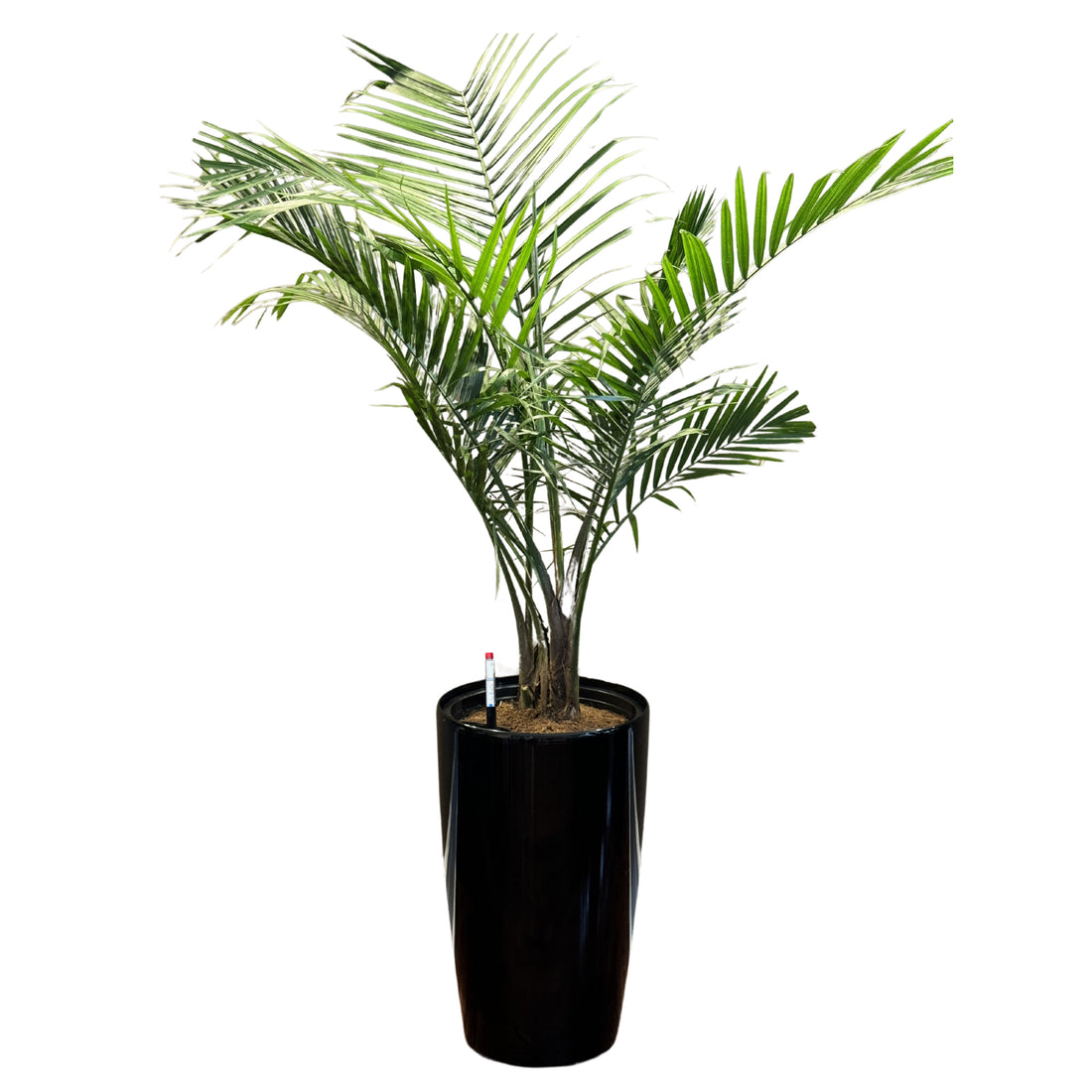SHOP NOW
What’s wrong with my Palm?
Indoor apartment palm plants can be susceptible to several common diseases. Here are some of the most frequent issues and how to address them:
1.Sooty Mold:
Symptoms: Black, soot-like coating on leaves.
Management: Control the insect infestation with insecticidal soap or neem oil. Clean the mold off the leaves with a damp cloth.

2.Ganoderma Root and Butt Rot:
Symptoms: Soft, rotting wood at the base of the palm, mushroom-like growths.
Causes: Caused by the fungus Ganoderma zonatum.
Management: No effective treatment once the plant is infected. Prevent by maintaining good cultural practices and removing affected plants.
The first symptom of infection is withering and drooping of older fronds. Fronds collapse and droop parallel to the trunk. New growth is stunted and is pale green or yellow.


3.Leaf Spot:
Symptoms: Spots or lesions on leaves, often brown or black with yellow halos.
Cause: Various fungal pathogens like Bipolaris spp. and Exserohilum spp.
Treatment: Don’t allow irrigation to wet palm foliage. In most cases, leaf spots will not kill the tree, and fungicides are usually not necessary. If the damage becomes severe, fungicidal sprays containing copper can be used.

4.Pests:
Palms are prone to spider mites, which thrive in dry conditions. So, meeting your palm's humidity needs is an act of prevention.
Like other houseplants, spider mites, mealybugs, and scale insects can be a problem, especially if your palm trees are kept close to other houseplants that may be infected. Keep an eye out for telltale signs of infestation and treat the plant promptly using insecticidal soap or horticultural oil such as neem oil.
Mealybugs look like white, sticky masses and are usually found where the leaf meets the stem. Spider mites look like tiny white dots on the leaves. If the spider mite infestation is severe, you’ll see fine webbing on the undersides of the leaves.
If you spot mealybugs, soak a cotton ball in 70 percent isopropyl rubbing alcohol and wipe the bugs off the plant. The alcohol kills them on contact. If you see spider mites, apply neem oil every two to three days until the infestation is gone.

5.Nutritional Problems
Palms frequently suffer from improper mineral nutrition in the landscape. The most common nutritional deficiencies of palms are potassium (K) and manganese (Mn).
Indoor palm trees are often prone to potassium deficiency, signaled when the oldest leaves begin to die back, beginning with the tips.4
Nutrient deficiencies can be caused by insufficient nutrients in the soil, a nutrient imbalance, poor soil aeration, a high soil pH, and excessive planting depth.
Potassium (K) Deficiency: Tips of leaves will appear withered, burnt, and frizzled. The midrib typically stays greenish-yellow for a period. Potassium deficiency can eventually be fatal to the palm.
Manganese (Mn) Deficiency: Manganese deficiency can be fatal to palms. This is a common problem in high-pH soils (above pH 6.5) because manganese is insoluble at high pH levels. Additional causes can be high water tables poor drainage, and excessive amounts of soil phosphorus, as it will tie up certain micronutrients, particularly manganese.
Early symptoms of manganese deficiency are interveinal chlorosis (yellowing between the veins) accompanied by interveinal necrotic streaking on the newest leaves. If the deficiency is advanced, leaves emerge completely frizzled, withered, scorched, and reduced in size. Manganese tends to leach more rapidly from sandy soils.
Prevention & Treatment: Have a soil test performed to determine the soil pH and, if necessary, adjust downward to increase the availability of manganese. Manganese sulfate applications to the soil or foliage can be used to avoid the problem. Apply 1 teaspoon of manganese sulfate per gallon of water to the soil around the palm two or three times per year. Tecmangam and Southern Ag Manganese Sulfate are two brands of manganese sulfate.
General Care Tips to Prevent Diseases
- Watering: Water only when the top inch of soil is dry. Ensure good drainage to prevent root rot.
- Humidity: Maintain moderate humidity levels. Misting can help, but avoid wetting the foliage excessively.
- Light: Provide bright, indirect light. Avoid direct sunlight, which can scorch the leaves.
- Air Circulation: Ensure good air circulation around the plant to prevent fungal growth.
- Cleanliness: Regularly clean leaves and remove dead or diseased foliage.
If you need more specific advice or have a particular issue with your palm plant, feel free to ask!
To maintain a Palm plant, Click here for more information.
